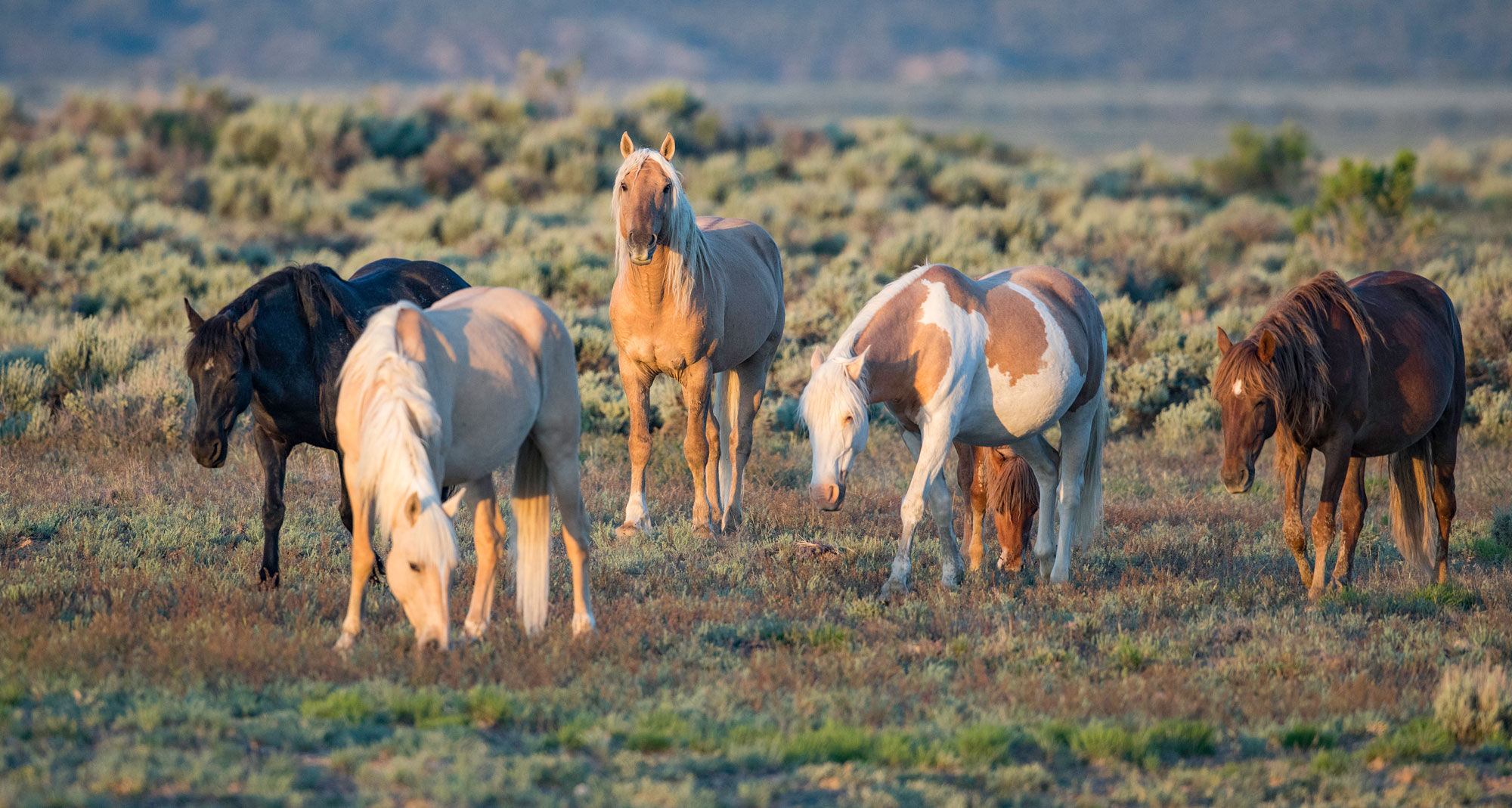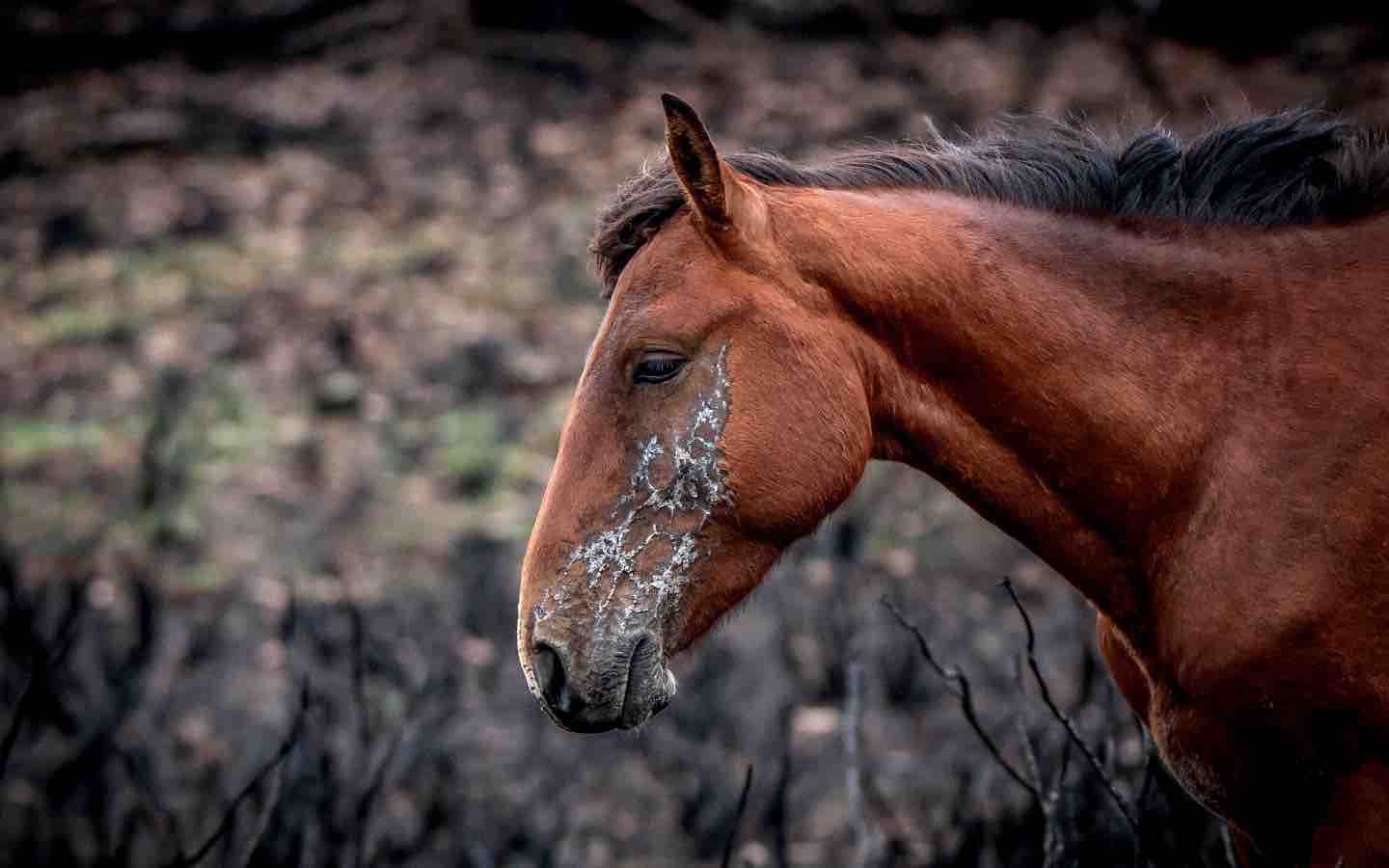


The horses have accumulated in holding across the country to the 45,000 we have today. But there aren’t enough adopters, and euthanasia or slaughtering for human or pet consumption aren’t attractive options. How did wild horse numbers get so much higher than the Appropriate Management Level? The BLM gathers excess horses to prevent overgrazing and offers them up for adoption. The controversial nationwide Appropriate Management Level (AML), defined as “the number of horses to have thriving ecological balance with the vegetation, wildlife, and livestock usage,” is 27,000. Computer models show that the current population, including foals born in 2016, is approximately 75,000 wild horses and burros. Did we succeed in getting all the wild horses adopted and finding a solution to the plight of the wild mustangs? Not even close.Īs of March 1, 2016, there were 67,000 horses and burros on public lands and 45,000 in government holding pens. Hundreds of people were inspired to adopt wild horses, and we raised nearly $100,000. We held nationwide theatrical screenings, with all the proceeds going to the Mustang Heritage Foundation to fund adoption efforts.ĭid we succeed in getting wild horses adopted? Absolutely. We promoted the adoption of wild horses to the best of our ability, even going so far as auctioning a personal horse. The film has been seen by millions of people. It received more than two dozen awards, and is available worldwide on Netflix. We took Unbranded to film festivals across the world and had a theatrical release. The documentary turned out much better than I could’ve ever dreamed. The trip was simply spectacular and redefined who I am. We saw some of the most amazing landscapes in the world: the Grand Canyon, Yellowstone National Park, Glacier National Park, and many other wonderful but lesser known public lands. We launched a Kickstarter campaign, gathered the money, attracted an all-star film production team directed by Phillip Baribeau, adopted wild mustangs from the Bureau of Land Management (BLM), trained them with assistance from horse trainers Lanny Leach and Jerry Jones, and embarked on our journey.įor five months and six days during the summer of 2013 we crossed 3,000 miles, primarily through public lands, in Arizona, Utah, Idaho, Wyoming, and Montana. To raise awareness, we created a documentary, Unbranded. Wanting to find homes for the horses in the government holding pens, I gathered three friends and planned to do another long ride to promote wild horse adoptions-this time going all the way from Mexico to Canada through the most backcountry route left in the American West. In 2009 there were nearly 31,500 wild horses and burros in government holding facilities and 37,000 in the wild-in an area that supposedly had enough forage for only 27,000 horses. I was equally as amazed-and shocked-at the plight of the wild horses and burros. I found it amazing that a backcountry stretch of that distance still existed, and now that I’ve researched Western public lands extensively, I have an even greater appreciation for the blood, sweat, and tears that enlightened conservationists shed in the fight to have these public lands set aside for future generations to cherish and protect. Being from Texas, where there is virtually no public land, I was blown away by the sheer size and majesty of our vast public lands in the American West. We planned to ride 2,000 miles from Santa Fe, New Mexico, through Colorado, Wyoming, and Montana to the Canadian border. Thanks to Parker’s training expertise, we successfully trained the horses, brought in another friend, Mike Pinckney, supplemented our herd with a few ranch horses, and embarked on our journey in the summer of 2010. Being 20 years old and in way over our heads, we adopted the biggest, stoutest, and most dominant horses they had available. What started as a crazy idea turned into reality when we adopted a handful of mustangs from a holding facility in Paul’s Valley, Oklahoma. Parker Flannery, a close friend of mine, proposed that we drop out of school, adopt wild horses, and attempt to traverse the Continental Divide Trail. My fascination with wild horses began in 2009 at Texas A&M University.


 0 kommentar(er)
0 kommentar(er)
